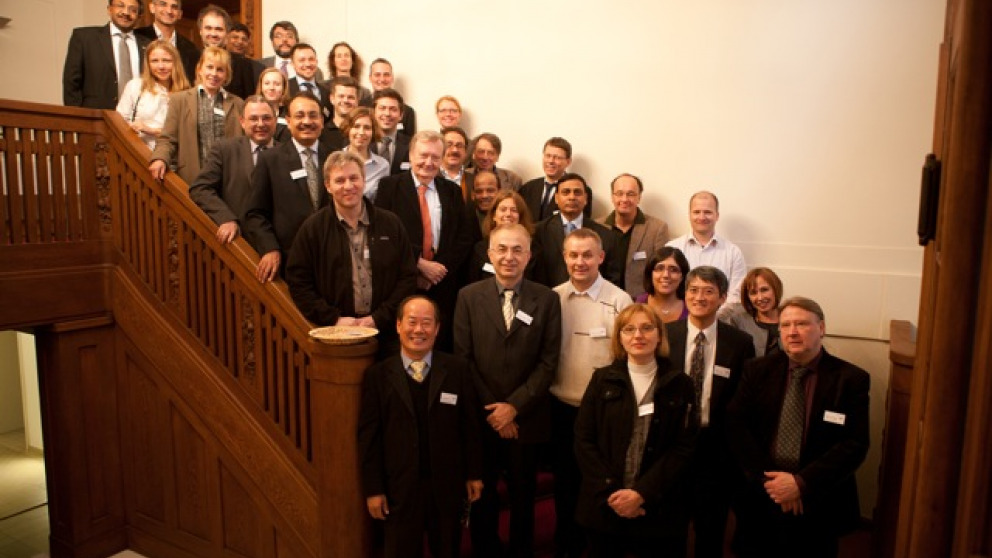Headline:
IASS Hearing on “Energy from clathrate hydrates – advances in gas production and CCS”

November 13, 2011. The IASS cluster “Earth, Energy, and the Environment” (E3) welcomed 30 international experts from the field of gas hydrate research to a hearing on “Energy from clathrate hydrates – advances in gas production and CCS,” from November 8-9, 2011.
The interest in natural gas hydrates has steadily shifted over the last years from the scientific community into public awareness. Two tendencies can be observed in the process: gas hydrates are acclaimed as potential future energy source, and, concerns about a catastrophic release of methane due to hydrate dissociation as a result of global warming still prevail.
Past field test experiences and prospects for gas production from hydrates, the question of CO2 sequestration in hydrate accumulations, and socio-economic aspects of gas production from hydrates were discussed during the hearing. Additionally, national gas hydrate projects, for example from Germany, Canada, India or South Korea were presented. The meeting aimed at initiating a vivid discussion on future developments in this rapidly growing field.
The efforts regarding economic gas production from hydrates for commercial use have recently intensified. At the beginning of October, Japan and the United States announced a collaboration of the U.S. Department of Energy, the Japan Oil, Gas and Metals National Corporation, and ConocoPhillips, to conduct a series of experiments at the Iġnik Sikumi gas hydrate test well in Alaska. As one of the workshop presentations showed, the tests will also include a field trial involving CO2 injection into sandstone reservoirs containing methane hydrate in order to release methane and to store CO2.
